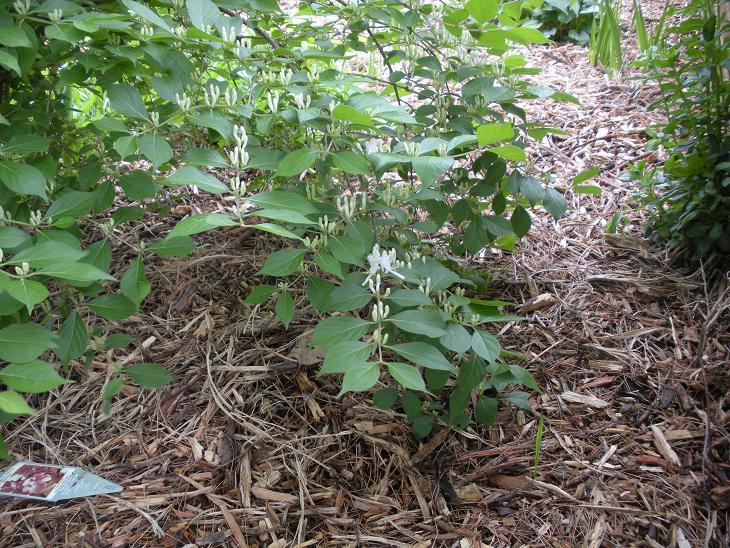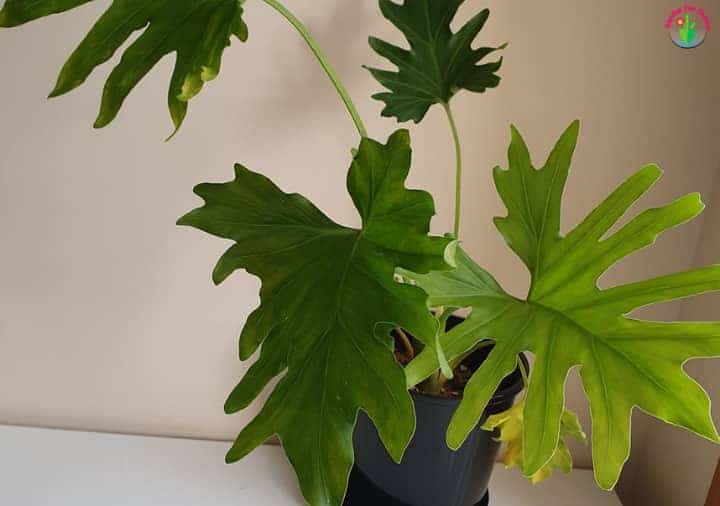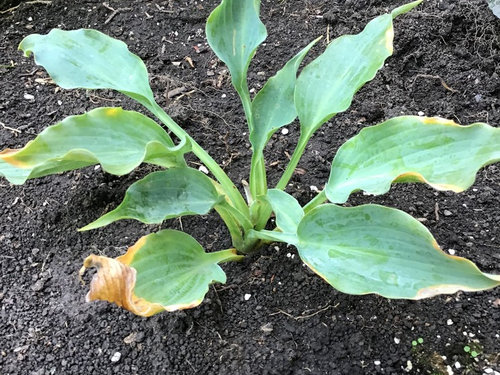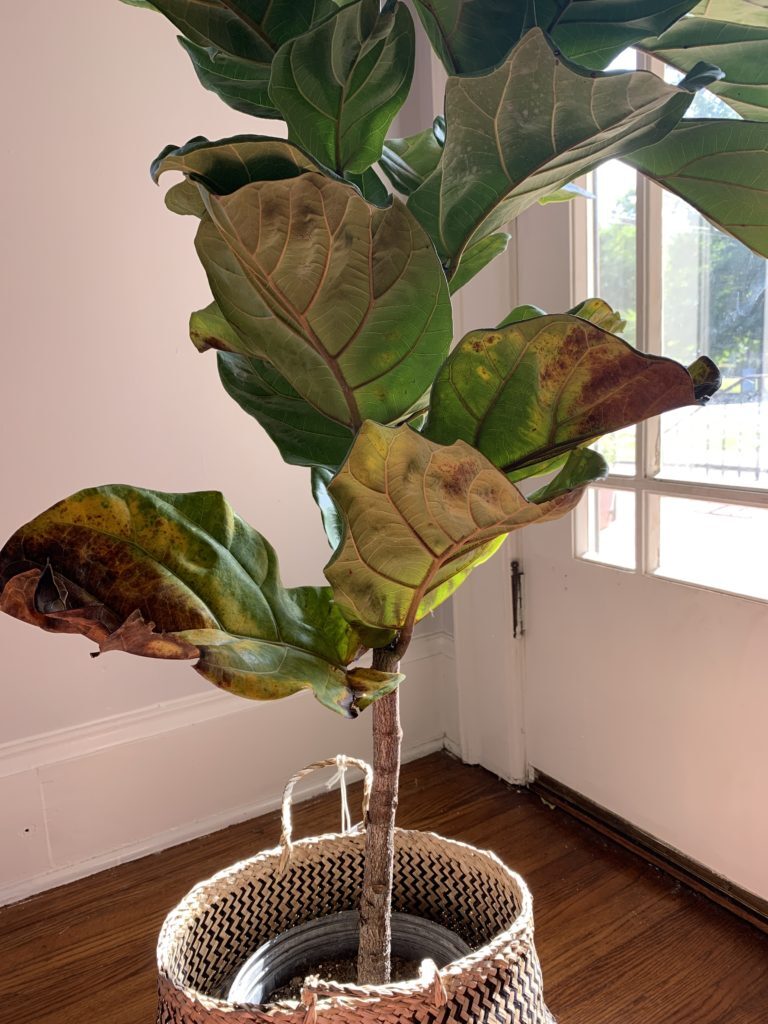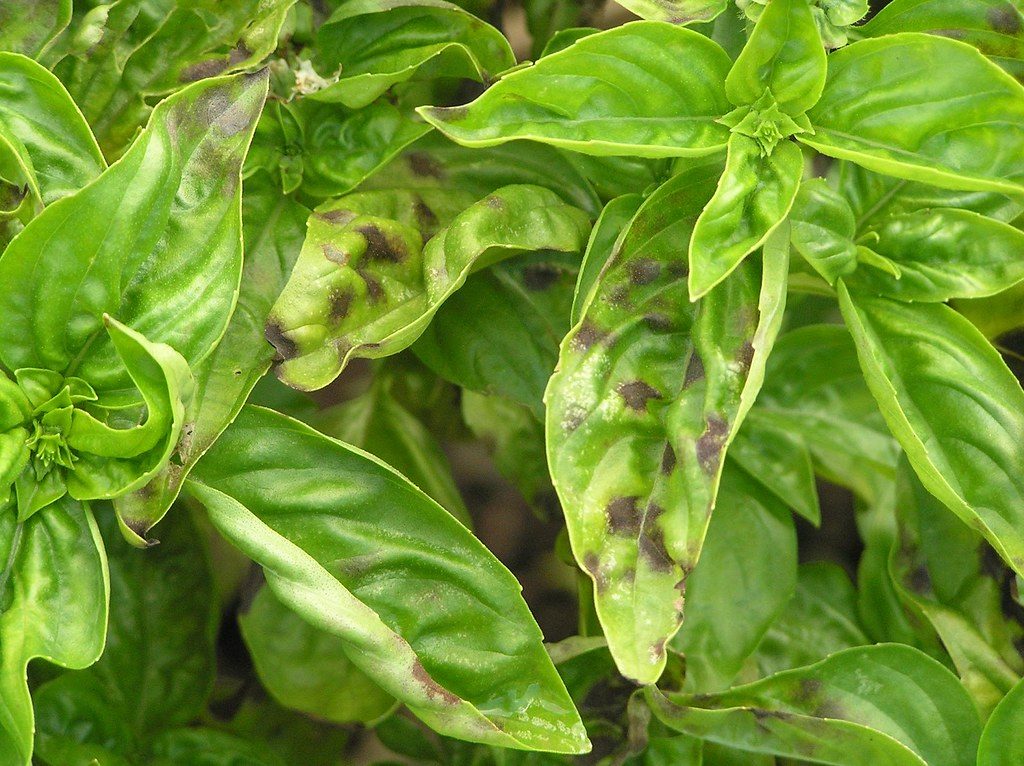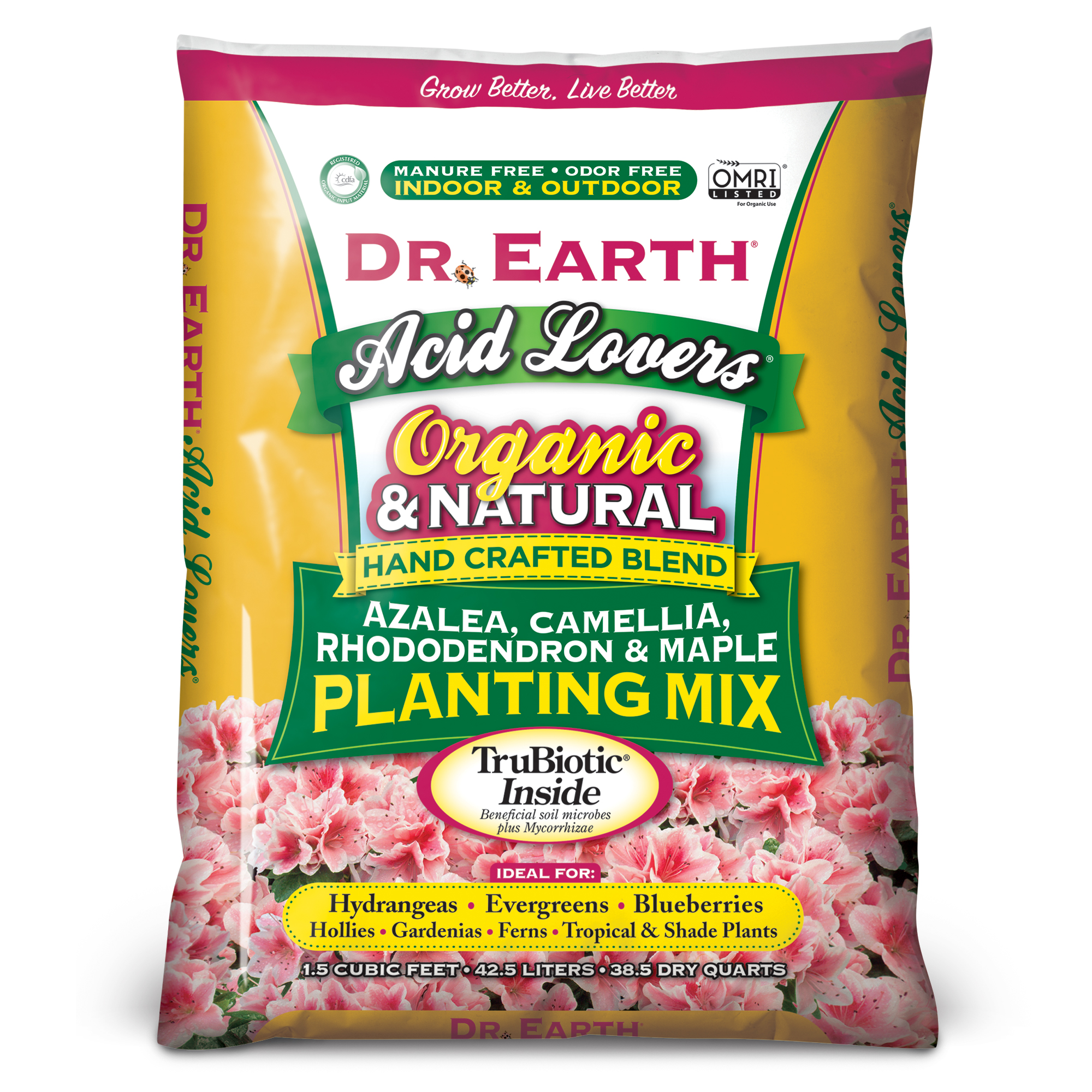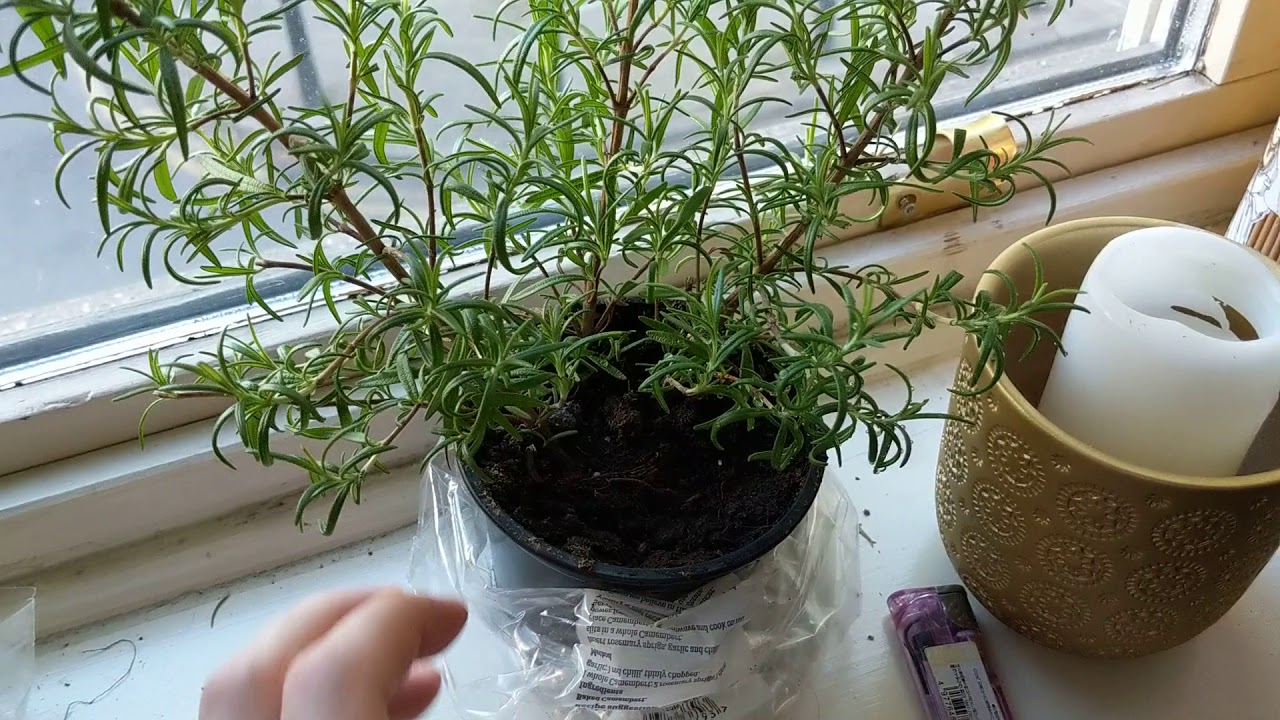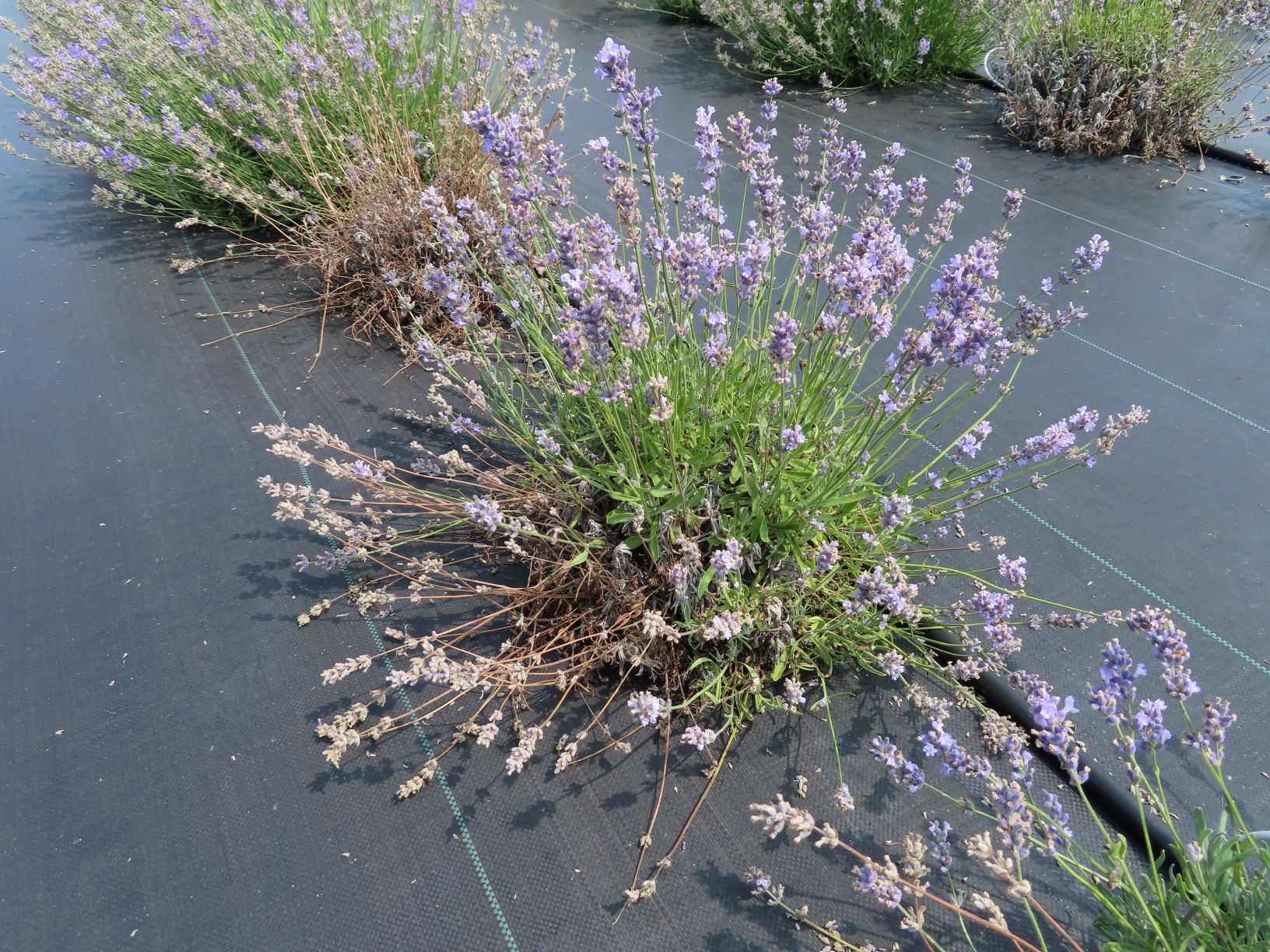(6 Reasons) Why your Isn’t Honeysuckle Flowering
Usually, pruning at the incorrect time of year or pruning too severely prevents honeysuckle from blooming. When honeysuckle is pruned in the early spring, the growth on which it blooms is removed, leaving vines with loads of foliage but no flowers. Honeysuckle flowers on growth from the previous year. The following are the top 6 …

